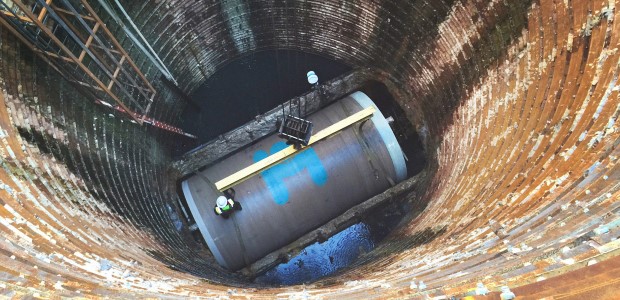
Wastewater system in Houston gets major upgrade.
Once fully operational this will be the only refinery in North America to recycle all wastewater for steam production, with the GE ZeeWeed Membrane Bioreactor and Reverse Osmosis Technology.
Jingneng Zhuozhou coal-fired power plant to reuse 99 percent of wastewater.
The Selkirk project will replace its existing treatment plant and improve the quality of the effluent discharged into a Manitoba freshwater resource, Lake Winnipeg, and the Red River.
The measures Consol Energy and related companies have agreed to will continue to reduce total dissolved solids in mining waters discharged to streams; EPA estimates implementation of the consent decree by Consol will eliminate more than 2.5 million pounds of pollutants in the form of TDS.
The spill volume was initially reported at 108,000 gallons by the department, but the Los Angeles Times reported it had increased to more than 1.5 million gallons as of July 19.
The challenge was modeled after WEF's Operations Challenge skills competition, which is held each year at WEFTEC, and the participating teams were judged on core competencies of wastewater operations.
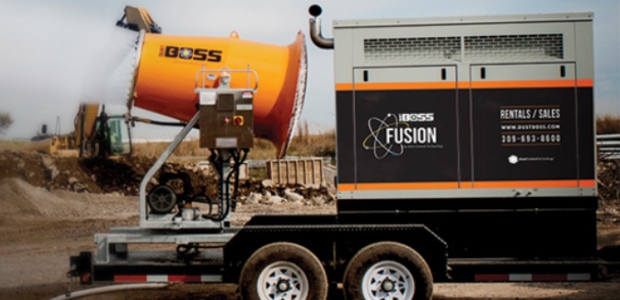
Controlling dust while eliminating the use of high-pressure hydrants and reducing the amount of visible runoff can help reduce the number of complaints to local and state environmental authorities. Methods that both conserve water and suppress dust carry multiple benefits beyond compliance.
The EPA has provided $70,413,000 to the State of New Jersey for improvements to be made to water projects for public health and the environment.
Water treatment plant at QGC’s coal seam gas extraction site receives honor at global water awards. The northern water treatment plant, built by GE and Laing O’rourke, treats 100,000 cubic meters of water per day.
The city wants to finance the three-phase project with a Wisconsin Clean Water Fund loan, USDA Rural Development money, and funds from other sources.
Two water treatment chemicals executives have been charged in Newark, N.J., with the U.S. Department of Justice alleging they conspired to eliminate competition among suppliers of the industrial chemical to municipalities and pulp and paper companies in the United States.
The EPA will be giving $12.7 million in grants to help small drinking water and wastewater systems, including private well owners throughout the entire U.S.
Managing Directors Mark Bertler and James Simpson together bring more than 50 years of executive-level water industry operating and investment banking experience at water companies.
A new plant, located just south of the current location, will help to further improve the wastewater treatment facility.
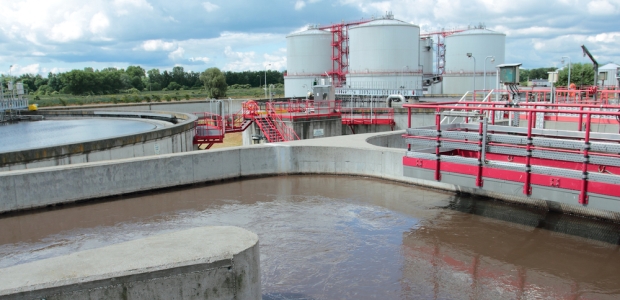
The U.S. Department of Agriculture will be providing more than $300 million in grants and loans for 141 projects that will be working to improve water and wastewater infrastructures in rural communities throughout the country.
GE’s ZeeLung Membrane Aerated Biofilm Reactor is four times more energy efficient than conventional fine bubble aeration systems. The new technology offers simple, ultra-low energy nutrient removal in a small footprint.
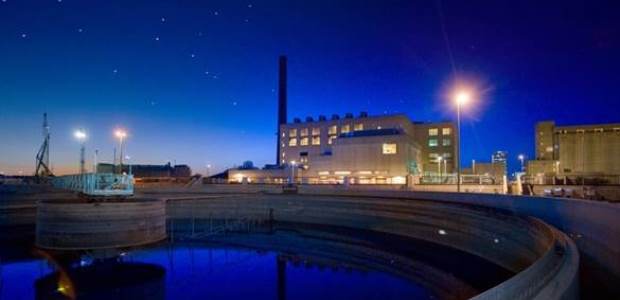
More than 20,000 visitors have toured the Jones Island Water Reclamation Facility, which Veolia manages and operates as part of its private-public partnership with the Milwaukee Metropolitan Sewerage District.
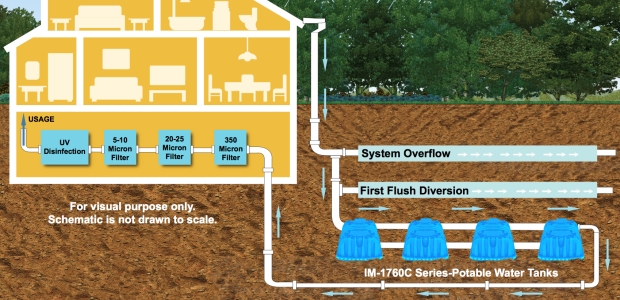
The evolved plastic tank is quickly becoming accepted by contractors, designers, and homeowners and because of the variety of size options available to satisfy varying needs.
EPA now estimates 3 million gallons of wastewater from an old gold mine spilled into the Animas River, part of the Colorado River system. The wastewater contains lead, cadmium, and other heavy metals.